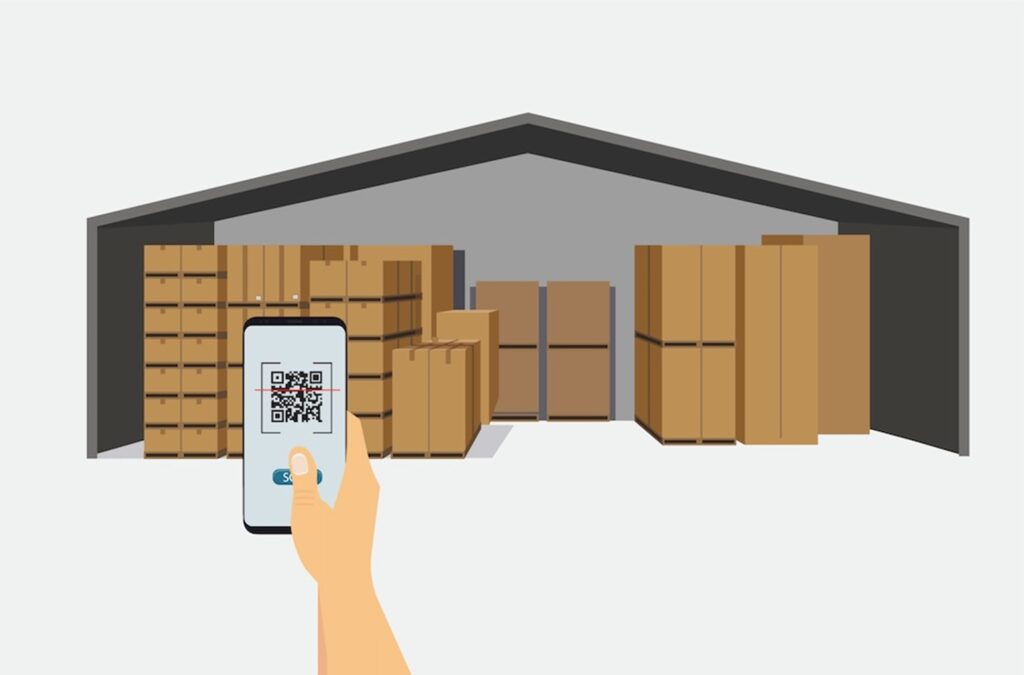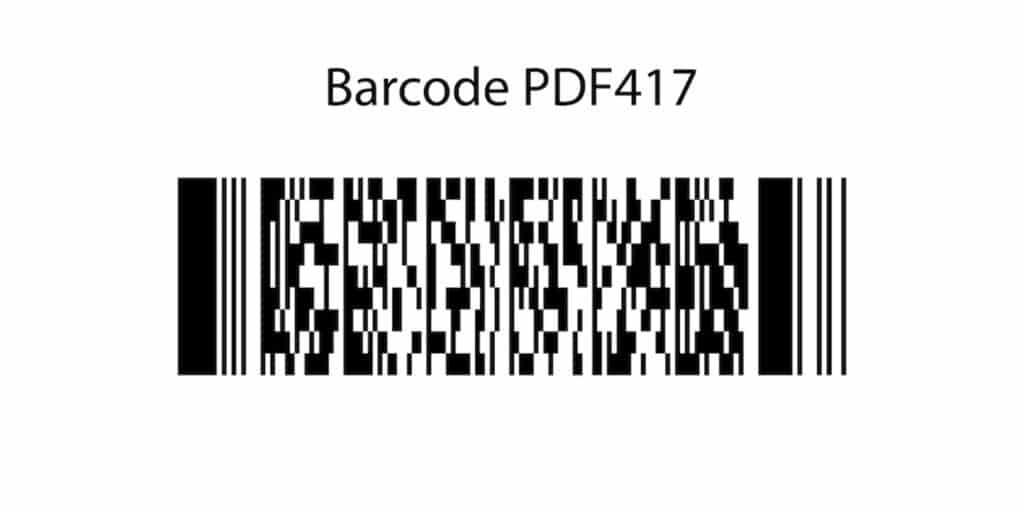
Discover the power of 2D barcode technology with our comprehensive guide! From QR codes to data matrix, this article covers everything you need to know to harness the potential of 2D barcodes for your business.
A Quick Guide to 2D Barcode Technology
2D barcode technology has revolutionized the way we store and retrieve information. From retail and logistics to healthcare and entertainment, 2D barcodes have become an essential tool for businesses across various industries. In this essential guide, we will delve into the intricacies of 2D barcode technology, exploring its origins, functionality, types, and the multitude of benefits it offers. Whether you are a business owner looking to implement 2D barcode technology or simply curious about its inner workings, this guide will provide you with a comprehensive understanding of this powerful technology.
Understanding 2D Barcode Technology
Before diving into the specifics of 2D barcode technology, it is important to grasp the basic concept behind it. So, what exactly is a 2D barcode? Well, unlike traditional 1D barcodes that only contain a limited amount of information, 2D barcodes are capable of storing significantly more data within a smaller physical space.
What is a 2D Barcode?
A 2D barcode, also known as a two-dimensional barcode, is a graphical representation of data that consists of patterns and shapes arranged in a square or rectangular matrix. Unlike its 1D counterpart, which is composed of parallel lines of varying thickness, 2D barcodes incorporate dots, squares, hexagons, and other geometric patterns to encode information.
But did you know that 2D barcodes can come in different types? Some of the most common types include QR codes, Data Matrix codes, and PDF417 codes. Each type has its own unique structure and encoding capabilities, making them suitable for various applications.
With the ability to hold a vast amount of data in a compact format, 2D barcodes have become indispensable in applications where space is limited but information needs to be stored and accessed efficiently.
How Does 2D Barcode Technology Work?
Now that we have a general idea of what 2D barcodes are, let’s explore how this technology actually works. The process of encoding and decoding data within a 2D barcode involves a combination of scanning devices, software algorithms, and intricate patterns.
When a 2D barcode is scanned by a compatible device, such as a barcode scanner or a smartphone, it captures the matrix of dots and translates them into digital information. The decoding algorithm recognizes the patterns and converts them back into the original data, allowing users to access the stored information with ease.
But how do these scanning devices actually read the 2D barcodes? Well, they use a combination of light and sensors to capture the image of the barcode. The light illuminates the barcode, and the sensors detect the reflected light, converting it into a digital image that can be processed by the decoding algorithm. This seamless process of scanning and decoding information has made 2D barcode technology an invaluable asset in various domains, enabling businesses to streamline operations, enhance security, and improve customer experiences.
Read more: Complete Guide to Warehouse Barcode Systems
The Evolution of 2D Barcodes
The history of 2D barcodes begins in 1987 with the development of Code 49 by David Allais at Intermed Corporation. This early form of 2D barcode set the stage for the technologies that would soon follow.
In 1991, the PDF417 barcode was introduced by Dr. Ynjiun P. Wang at Symbol Technologies. This innovation was notable for its ability to encode large amounts of data, including text and images, using a stacked linear format. The “PDF” in PDF417 stands for Portable Data File, reflecting its capacity to store extensive information, while “417” denotes the pattern of 4 bars and spaces in a sequence 17 units long.
These pioneering developments paved the way for other 2D barcodes, such as QR codes and Data Matrix codes, which emerged to meet specific needs across different industries. QR codes, for example, were designed for fast decoding in the automotive industry but have since found widespread use in marketing and mobile payments. Data Matrix codes, known for their small size and high data density, are particularly useful in electronics and healthcare settings.
The evolution of 2D barcodes represents a significant leap in data storage and accessibility, providing tools that enhance efficiency and security across numerous applications.

Modern Developments in 2D Barcode Technology
In recent years, advancements in technology have propelled 2D barcodes to new heights. The introduction of smartphones with built-in barcode scanners has made it even more convenient for people to access information encoded within these barcodes.
Furthermore, developments in software algorithms and printing techniques have enhanced the readability and robustness of 2D barcodes. This ensures that information remains intact, even in challenging environments, such as high-speed scanning or low-contrast printing.
As the world becomes increasingly digital and interconnected, the demand for sophisticated 2D barcode technology is only expected to grow. These advancements continue to pave the way for new applications and possibilities that were once unimaginable.
Types of 2D Barcodes
Not all 2D barcodes are created equal. Different types of 2D barcodes serve different purposes, catering to the diverse needs of businesses and industries. Let’s explore some of the most widely used types of 2D barcodes:
QR Codes
Perhaps the most recognizable 2D barcode, Quick Response (QR) codes have gained popularity due to their versatility and ease of use. Originally designed for the automotive industry in Japan, QR codes are now used in various applications, such as marketing campaigns, ticketing systems, and inventory management.
QR codes can store a wide range of information, including URLs, contact details, and even multimedia content. Users can scan QR codes using their smartphones or dedicated barcode scanners, instantly accessing the encoded information.
Data Matrix Codes
Data Matrix codes are highly compact and can store a substantial amount of data. These barcodes are commonly used in industries where space is limited, such as electronics and aerospace manufacturing. Due to their high density, Data Matrix codes can encode serial numbers, product specifications, and other relevant details in a concise format.
Additionally, Data Matrix codes are known for their error correction capabilities, ensuring that data can be recovered even if the barcode is partially damaged or obscured.
PDF417 Codes
Developed in the 1990s, PDF417 codes revolutionized 2D barcode technology by introducing the concept of stacked barcodes. Unlike linear barcodes, which can only store a limited amount of information, PDF417 codes can accommodate large amounts of data across multiple rows.
PDF417 codes are commonly used in applications that require extensive data storage, such as shipping labels, driver’s licenses, and ID cards. They exhibit excellent data capacity, error correction capabilities, and are easily readable by various scanning devices.

The Benefits of Using 2D Barcodes
The rising popularity of 2D barcodes can be attributed to the numerous benefits they offer over traditional 1D barcodes. Let’s explore some of the key advantages of using 2D barcode technology:
Increased Data Capacity
One of the most significant advantages of 2D barcodes is their ability to store large amounts of data in a relatively small space. This enables businesses to include more information in a barcode, such as product details, serial numbers, expiration dates, and pricing information. By leveraging this increased data capacity, businesses can streamline processes and improve efficiency.
Improved Data Security
2D barcodes utilize sophisticated encryption techniques, making them more secure than their 1D counterparts. This is particularly crucial for applications requiring sensitive information, such as patient records in the healthcare industry or financial transactions in the banking sector. The use of 2D barcodes enhances data security, mitigating the risk of unauthorized access and ensuring compliance with privacy regulations.
Versatility of 2D Barcodes
2D barcodes can be printed on various surfaces, including paper, plastic, and metal, making them highly versatile. This flexibility allows businesses to incorporate barcodes into a wide range of products and materials, enhancing tracking, inventory management, and supply chain operations. Furthermore, 2D barcodes can be scanned using smartphones, reducing the need for dedicated scanning devices and expanding their accessibility.
Implementing 2D Barcode Technology
Now that you are familiar with the fundamentals of 2D barcode technology and its myriad benefits, let’s delve into the implementation process. Successfully implementing 2D barcode technology requires careful consideration and adherence to best practices.
Choosing the Right 2D Barcode
When implementing 2D barcode technology, it is important to select the appropriate barcode format that aligns with your specific requirements. Consider factors such as data capacity, readability, and the compatibility of scanning devices. Choosing the right 2D barcode will ensure optimal performance and compatibility with your existing systems.
Best Practices for 2D Barcode Implementation
To maximize the benefits of 2D barcode technology, it is crucial to follow best practices during implementation. This includes ensuring proper barcode placement, selecting suitable printing techniques, and conducting regular quality control checks to guarantee accurate scanning and decoding of information.
Additionally, staff training and awareness play a vital role in the successful adoption of 2D barcode technology. Educating employees on how to scan and interpret barcodes will enhance efficiency and minimize errors within your organization.
By implementing these best practices, you can fully leverage the power of 2D barcode technology, unlocking its potential to streamline operations, enhance productivity, and drive business growth.
Enhancing 2D Barcode Capabilities with Logimax WMS
Logimax offers a state-of-the-art Warehouse Management Software (WMS) that enhances the functionality and efficiency of 2D barcodes across multiple industries. By integrating advanced scanning technology optimized for 2D barcodes like QR codes, Data Matrix codes, and PDF417 codes, our WMS provides rapid data capture and accurate tracking capabilities.
Industry-Specific Solutions
- Retail & Consumer Goods: Enhance customer transactions and inventory management with QR codes, streamlining checkout processes and providing detailed product tracking.
- Manufacturing & Distribution: Employ PDF417 codes to maintain detailed logistics data and comprehensive product specifications in a compact, efficient format.
- 3rd Party Logistics (3PL): Improve traceability and efficiency in supply chain management with robust 2D barcode integration, optimizing operations and data accessibility.
- Cold Storage: Utilize high-density Data Matrix codes for precise tracking and management of inventory in temperature-controlled environments, ensuring accuracy and compliance.
Efficient Integration and Comprehensive Support
Our WMS seamlessly connects with existing ERP and ecommerce systems, enhanced by robust API and EDI capabilities. Dedicated support ensures smooth implementation and optimization of 2D barcode technologies, driving operational improvements and security enhancements.
Conclusion
2D barcode technology represents a leap forward in data management, offering increased storage capacity, enhanced security, and greater versatility across a wide range of industries. As we’ve explored in this guide, these barcodes play a critical role in modernizing operations from manufacturing to retail and logistics.
Take the Next Step: Interested in leveraging the power of 2D barcodes with state-of-the-art management solutions? Visit our industry pages to learn more about how Logimax’s Warehouse Management Software can integrate with your operations, or contact us today for a personalized consultation. Transform your business with the tools to compete in a rapidly evolving digital landscape.



